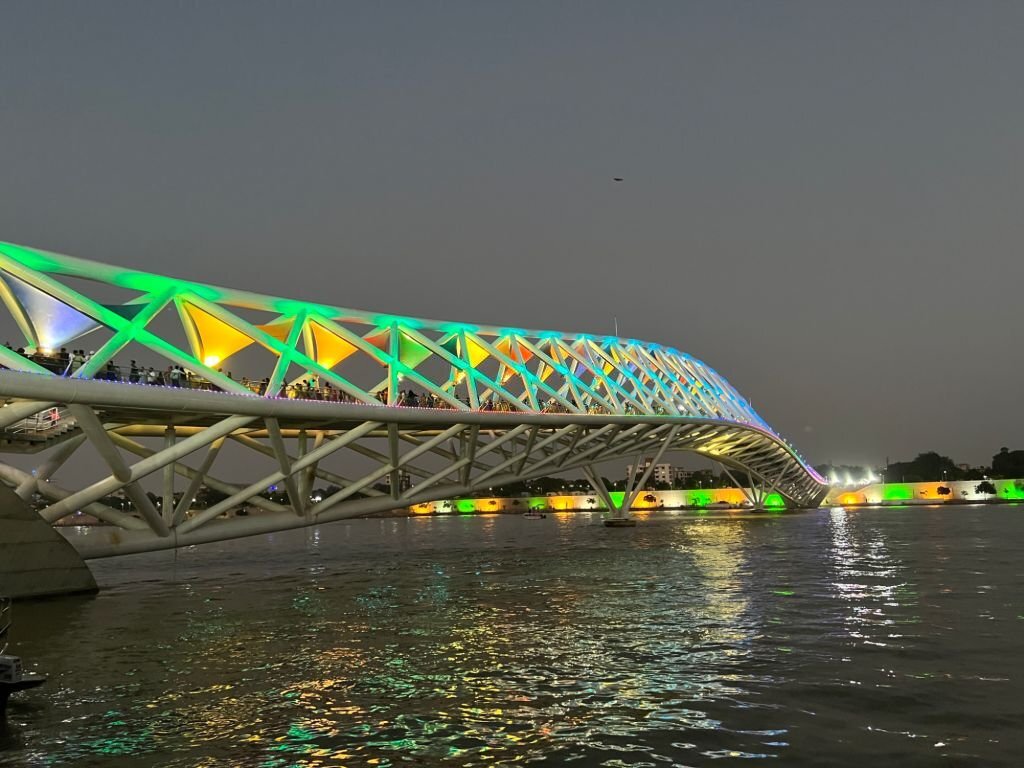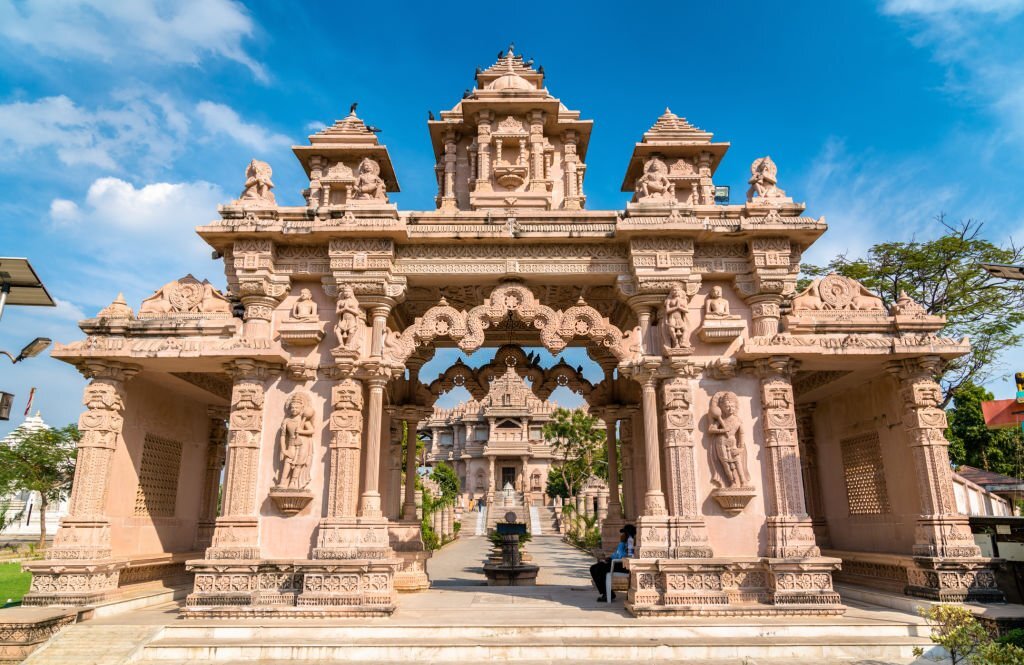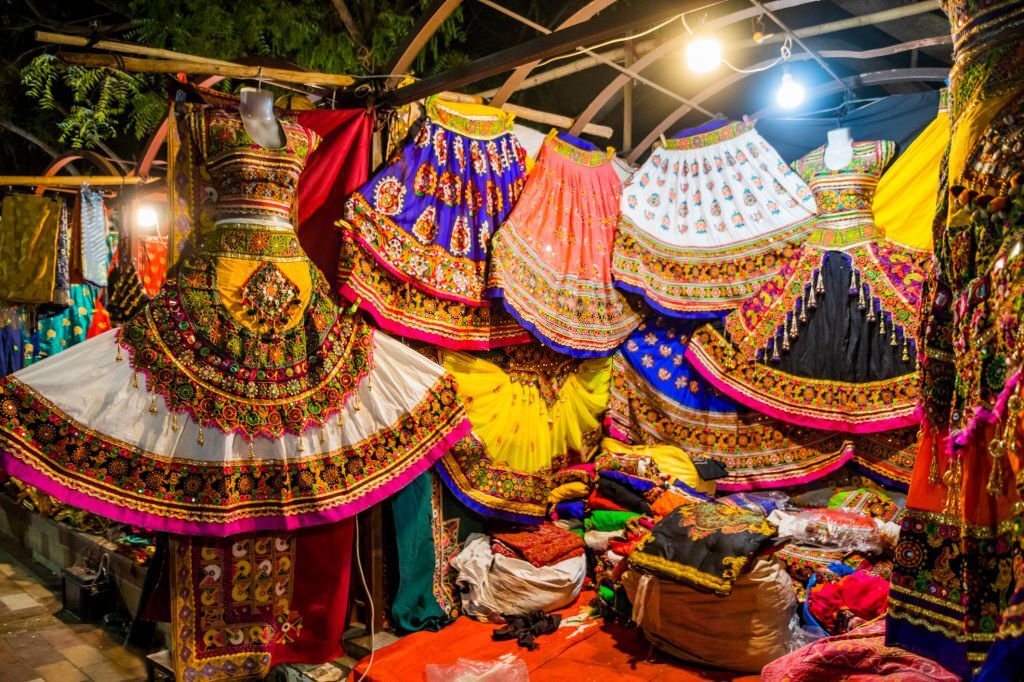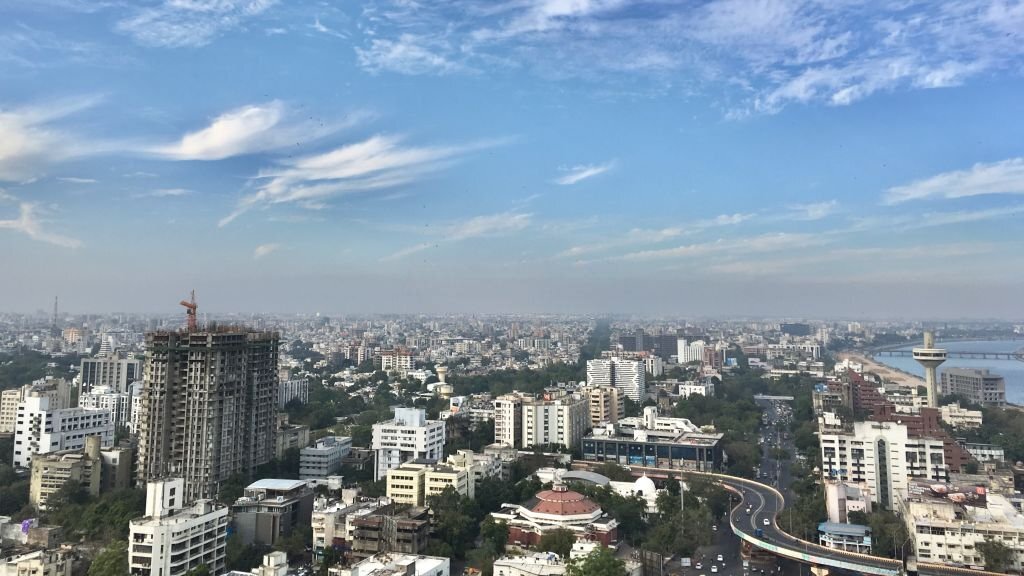Despite the fact that India has been independent for 73 years, a little bit of England still lives and breathes in the state of Gujarat. Yes, we’re talking about Ahmedabad, India’s Manchester! The English city is well-known for its industrial past and cotton mills, which are beautifully represented in Ahmedabad’s textile history. Both cities offer beautiful riverbank sites (the River Mersey in Manchester and the River Sabarmati in Ahmedabad) and the ideal temperature for cotton spinning. Continue reading to learn more about Ahmedabad and why it is justifiably known as the Manchester of India.
Why is Ahmedabad dubbed “India’s Manchester”?
Its advantageous location
As previously said, Ahmedabad, like Manchester in England, is located on the banks of the Sabarmati River. The region is well-known for its abundant cotton production, making it simple for textile factories to obtain raw materials. The adjacent communities efficiently meet the demand for qualified and unskilled employees. Furthermore, Ahmedabad is excellently connected to all important towns in India, ensuring that finished items be distributed smoothly.
Its vibrant culture and atmosphere
Another reason Ahmedabad is regarded a close cousin of Manchester is its vibrant, well-lit, and attractive streets thronged with traditionally dressed people and their energetic chatter. The city’s culture is profoundly founded in customs and festivals that are cherished with zeal and devotion.

Its Profitable Textile Mills
Ranchhodlal Chhotalal, an enterprising businessman, established the first textile plant in Shahpur, Ahmedabad. Ahmedabad Spinning and Weaving Company Limited was established in 1861. And there has been no turning back since. By the end of the twentieth century, over 33 mills were fully operational, and Ahmedabad had established itself as the country’s primary textile provider. It became renowned as the Manchester of India throughout time, a moniker created by the famed industrialists Kasturbhai Lalbhai and Ambalal Sarabhai. Because the textile export sector was also booming, the term seemed more than appropriate.
Ahmedabad’s Historical Background
Ahmedabad has a fascinating history, and it is easy to see how its location and culture have contributed to the city’s Manchester-like fame throughout time. Here’s a quick rundown of the city’s history:
What Life Was Like in the 11th Century?
The modern-day Ahmedabad was surrounded by an area known as Ashapalli, which served as a breeding ground for several monarchs. King Karna of the Chalukya dynasty was the most prominent of them. He was the one who lay the groundwork for Karnavati on the banks of the Sabarmati River. Later, the Vaghela Dynasty took control of the country.
When the Mughals Came
Ahmedabad’s history took a fresh turn under Mughal administration. In reality, in 1411, Sultan Ahmed Shah renamed Karnavati Ahmedabad. Emperor Akbar ruled the Mughal Empire at its height in 1573. And it was he who popularised commercial trade in Ahmedabad, with textiles as the centre of all attention.

What Happened During the British Rule
The British Raj established a solid presence in Ahmedabad in 1818, after the Mughals and Marathas had left their mark on the city. Ahmedabad rose to prominence as India’s textile capital during colonial rule, thanks to its railway connection with Mumbai (Bombay at the time). In reality, if you visit the Calico Museum of fabrics, you will be able to enjoy a wide range of modern and ancient tapestries, fabrics, block prints, and wall hangings with historical significance. All of this, however, does not detract from the reality that Ahmedabad witnessed some of the most powerful freedom movements, thanks to Mahatma Gandhi.
The Dandi March and the Sabarmati Ashram are particularly noteworthy in this regard. Despite its ups and downs, Ahmedabad remains India’s primary textile hub.
Mumbai or Ahmedabad as India’s Manchester?
The dispute over whether Mumbai or Ahmedabad is India’s true Manchester has raged for quite some time. So, to simplify the comparison, we’ll try to provide a clear image here.
Mumbai’s Textile Scene
Mumbai’s beachfront location and temperature were once beneficial to the city’s textile sector. There are no two ways about it: the mid-nineteenth-century boom in its textile sector is what once made Mumbai an industrial centre in India
It also set the path for rapid industrial development in many other sections of the country. The city was home to over 130 mills, the first of which was established in 1854 by Cowasji Nanabhai Davar.
However, the Great Bombay Textile Strike of 1982 drastically altered the situation. The majority of the mills were closed, mainly to workers’ protests against low wages and the rise of newer industries. By the end of the twentieth century, the textile mill culture in Mumbai had died. Some of them are still in disrepair, while others have been renovated into modern structures.
Ahmedabad’s Textile Scene

Apart from what has already been stated about Ahmedabad’s textile achievements, you may be interesting to know that Gujarat was the largest producer of cotton (125 lakh bales) in 2020. Ahmedabad made a big contribution to this total. Ahmedabad is also renowned as India’s denim city, thanks largely to Arvind Mills, which is located near the Sabarmati River. Gujarat increased the number of spindles utilised by one million after the Textile Policy was announced in 2012. As a result, it’s not surprising that the state is a leader in woven fabric production and has multiple textile parks. Ahmedabad also has a number of textile institutes where students are trained using cutting-edge technology.
So it’s simple to see why Ahmedabad has emerged as India’s Manchester vs Mumbai.
Why visit India’s Manchester?
A visit to Ahmedabad might awaken your senses to India’s global textile supremacy, due to the city’s various textile museums. Aside from that, a visit to the serene Sabarmati Ashram is a must for anyone interested in India’s struggle for independence. Nature enthusiasts can visit Kankaria Lake for some peace and quiet, or to participate in water activities and balloon safaris. The beautiful carvings and magnificent structure of the Sarkhej Roza Tomb and Stepwells Adalaj will captivate history and architectural buffs. You can also embark on a historical tour or dine on mouthwatering street food.




